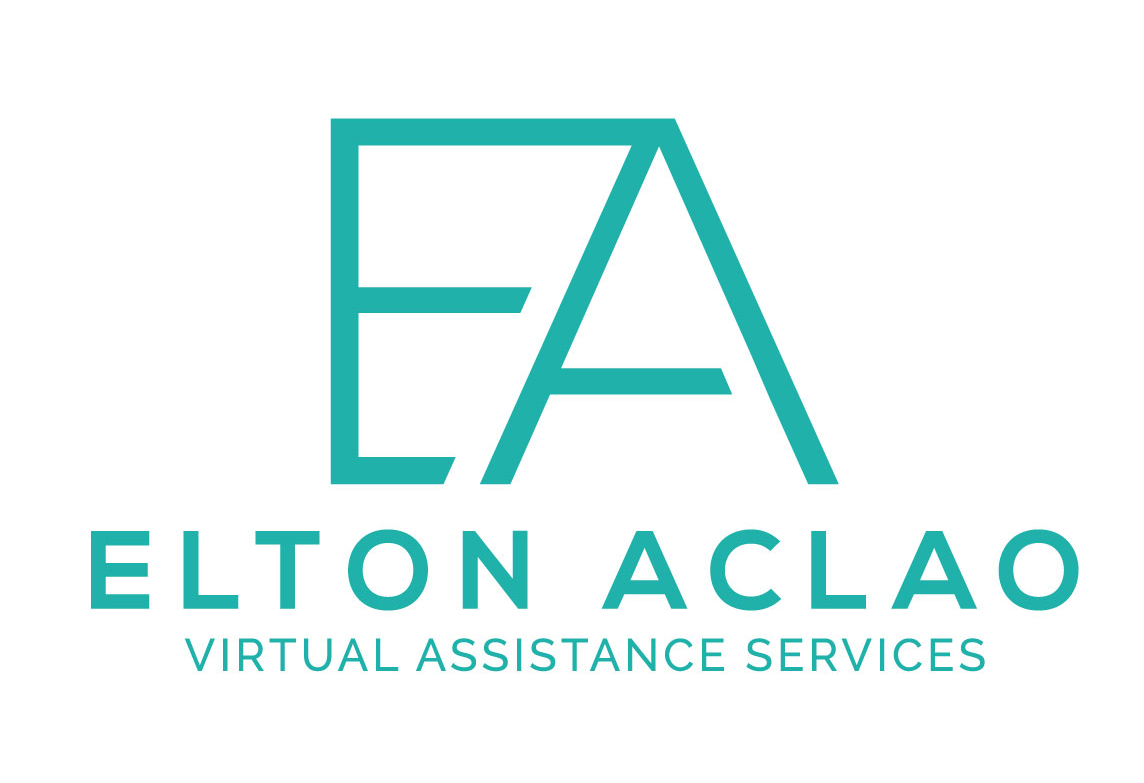Have you ever found yourself scrolling through job boards, wondering how others landed remote roles without years of corporate experience? You’re not alone. Many aspiring professionals—especially those transitioning careers or seeking flexibility—are turning to virtual assistance as a fulfilling, remote-friendly career path. But what if you have no experience?
The good news: you don’t need a fancy resume or years in admin work to get started. With the right mindset, tools, and support, you can launch your career in virtual assistance—even from scratch.
This guide walks you through everything you need to know, from understanding what a virtual assistant (VA) does to building the right skills and landing your first client or remote job.
What Is Virtual Assistance?
Virtual assistance involves providing administrative, creative, or technical support to businesses and entrepreneurs from a remote location. You could be managing emails, scheduling appointments, creating content, managing social media, doing customer service, or even providing basic bookkeeping.
The best part? These roles are flexible, in demand, and increasingly open to beginners.
Why Virtual Assistance Is Perfect for Beginners
Many people think remote work is reserved for techies or creatives. In truth, virtual assistance roles are some of the most accessible remote positions available.
Here’s why it’s a great entry point:
- No formal degree required
- Transferable skills from everyday life or previous jobs (e.g., communication, organization)
- Remote by design, allowing work-from-home setup
- Scalable income, from part-time gigs to full-time retainer clients
Whether you’re a stay-at-home parent, fresh graduate, or career shifter, starting a career in virtual assistance is absolutely achievable.
Step-by-Step Guide: How to Start a Career in Virtual Assistance
1. Understand the Role and Niche Down
Start by identifying the tasks you’re interested in. Do you enjoy organizing? Try calendar and email management. Creative? Explore social media or content creation.
Popular VA niches include:
- Executive Assistance
- Social Media Management
- Customer Support
- Graphic Design
- eCommerce (Shopify, Amazon, Etsy)
- Podcast/YouTube Management
By focusing on one or two areas, you’ll position yourself more effectively.
2. Audit and Build Your Skills
You probably already have some of the skills required—communication, time management, or tech savviness. But it helps to formalize them with quick upskilling:
Free or affordable platforms to learn virtual assistance:
- Google Workspace Tutorials (YouTube)
- Canva Design School
- HubSpot Academy (for CRM basics)
- Coursera or Udemy for VA-specific trainings
List these new skills on your resume, and take screenshots or samples as a mini portfolio.
3. Set Up Your Tools and Workspace
As a virtual assistant, you’ll need to get comfortable with remote tools. These are must-knows:
- Project management: Trello, Asana, ClickUp
- Communication: Slack, Zoom, Gmail
- File sharing: Google Drive, Dropbox
Also, invest in a quiet workspace with a reliable internet connection, headset, and possibly dual monitors if your tasks are heavy on multitasking.
4. Create a Simple Resume and Online Presence
Don’t overthink it. Use a clean resume template that highlights:
- Core skills
- Relevant experience (even unpaid or school-related)
- Certifications
- Tech tools you’re familiar with
Pro tip: Create a basic LinkedIn profile or online portfolio showcasing your offerings, services, and availability.
5. Start Applying—Even Without Experience
Apply to internships, entry-level remote jobs, or short-term gigs. Consider:
- OnlineJob.ph
- Upwork
- Freelancer
- LinkedIn job board
- Facebook VA groups
When applying, focus your cover letter on how you can help the client or business, not just what you’ve done in the past. Emphasize reliability, eagerness to learn, and your commitment to quality.

How Our Company Supports Aspiring Virtual Assistants
At EA Virtual Assistance Services, we believe everyone deserves a shot at remote success.
We support beginner and experienced candidates alike by offering:
- Tailored job matching with vetted clients
- Resume and interview coaching
- Free resources and upskilling tips
- Priority placement for talents in the Philippines and beyond
Whether you’re just starting or looking to grow in your virtual assistance career, we’re here to guide you every step of the way.
FAQs: Starting a Career in Virtual Assistance
1. Can I become a virtual assistant without any experience?
Absolutely. Many clients prioritize reliability, communication, and willingness to learn over formal experience. Start small and build your track record.
2. What is the average salary of a virtual assistant?
It varies. Entry-level VAs earn around $600–$800/month, while more experienced VAs or specialists can earn $800–$2,000/month or more, depending on their skills and clients.
3. Do I need to register a business to become a VA?
Not initially. But as you grow and handle multiple clients, registering as a freelancer or sole proprietor can be helpful for legal and tax purposes.
4. What kind of clients hire virtual assistants?
Startups, solopreneurs, coaches, eCommerce sellers, digital agencies, and even Fortune 500 executives hire VAs to free up their time.
5. How long does it take to land your first client?
With consistent applications and a well-crafted resume/cover letter, you can land a client in as little as 2–4 weeks.
You Can Start Today
Starting a career in virtual assistance with no experience might feel intimidating—but it’s one of the most empowering paths for job seekers wanting flexibility, purpose, and remote income.
With the right guidance, a little grit, and a willingness to learn, you can go from unsure to unstoppable in just a few months.
Ready to begin your journey? Upload your resume, explore open roles, or join our virtual talent pool today. Your remote career starts here.


Leave a Reply